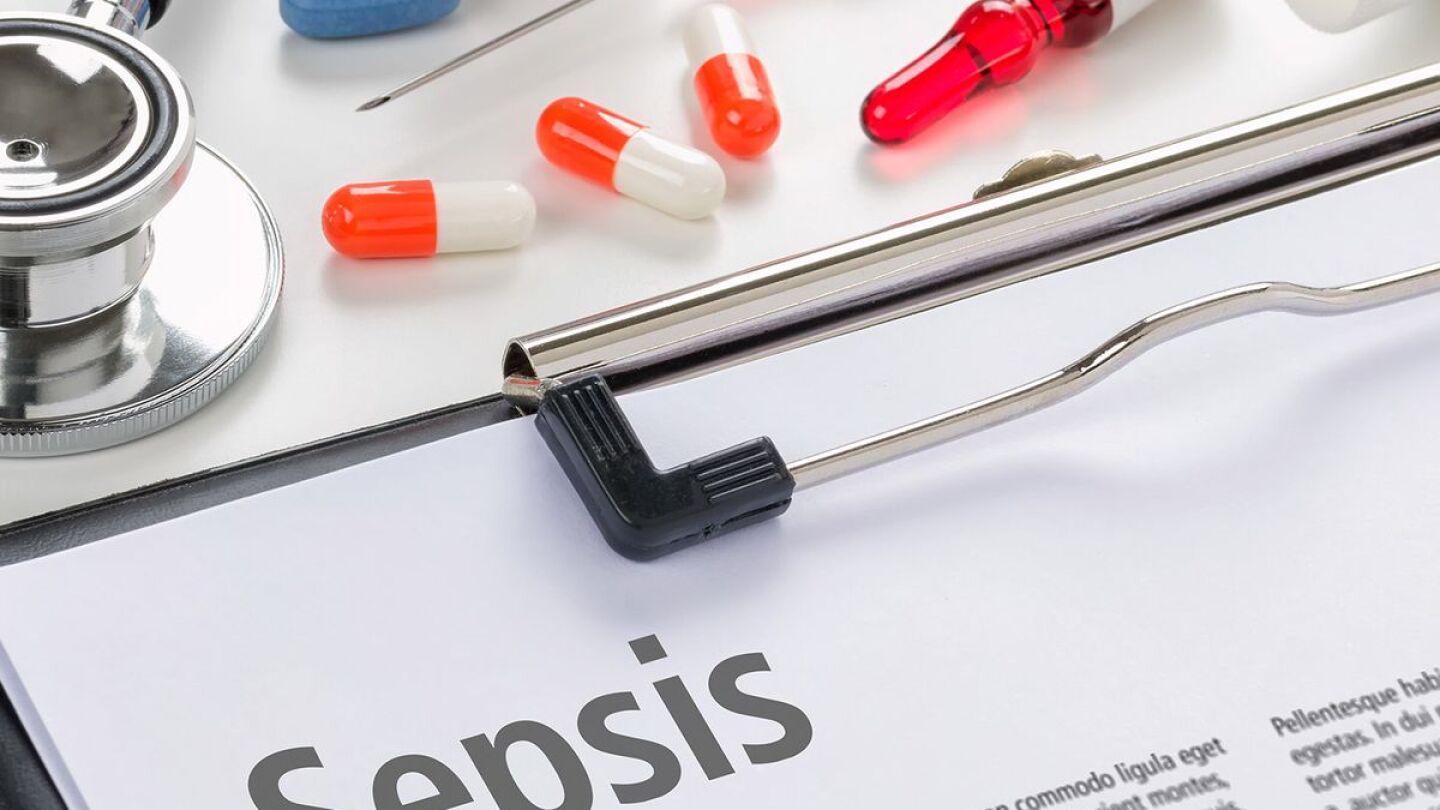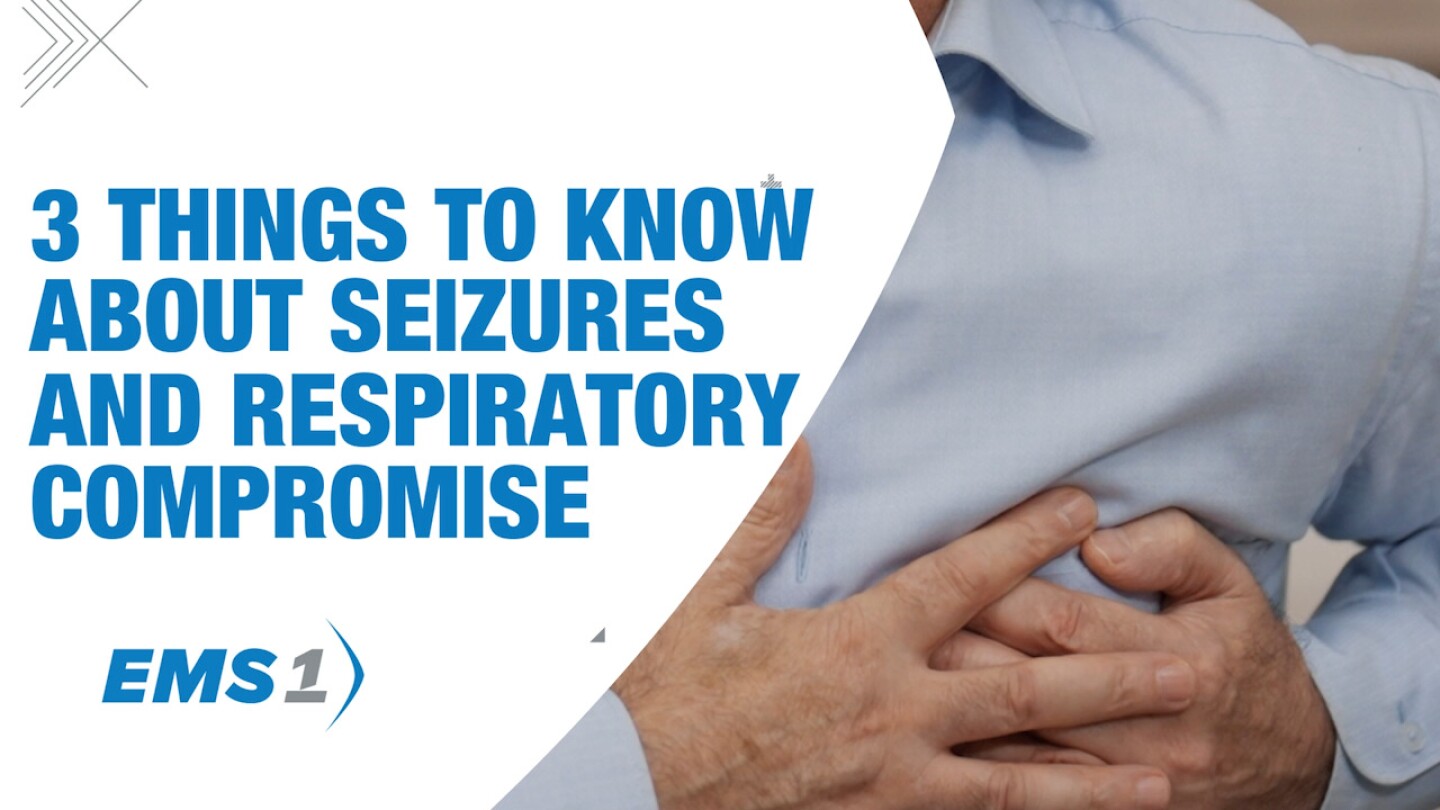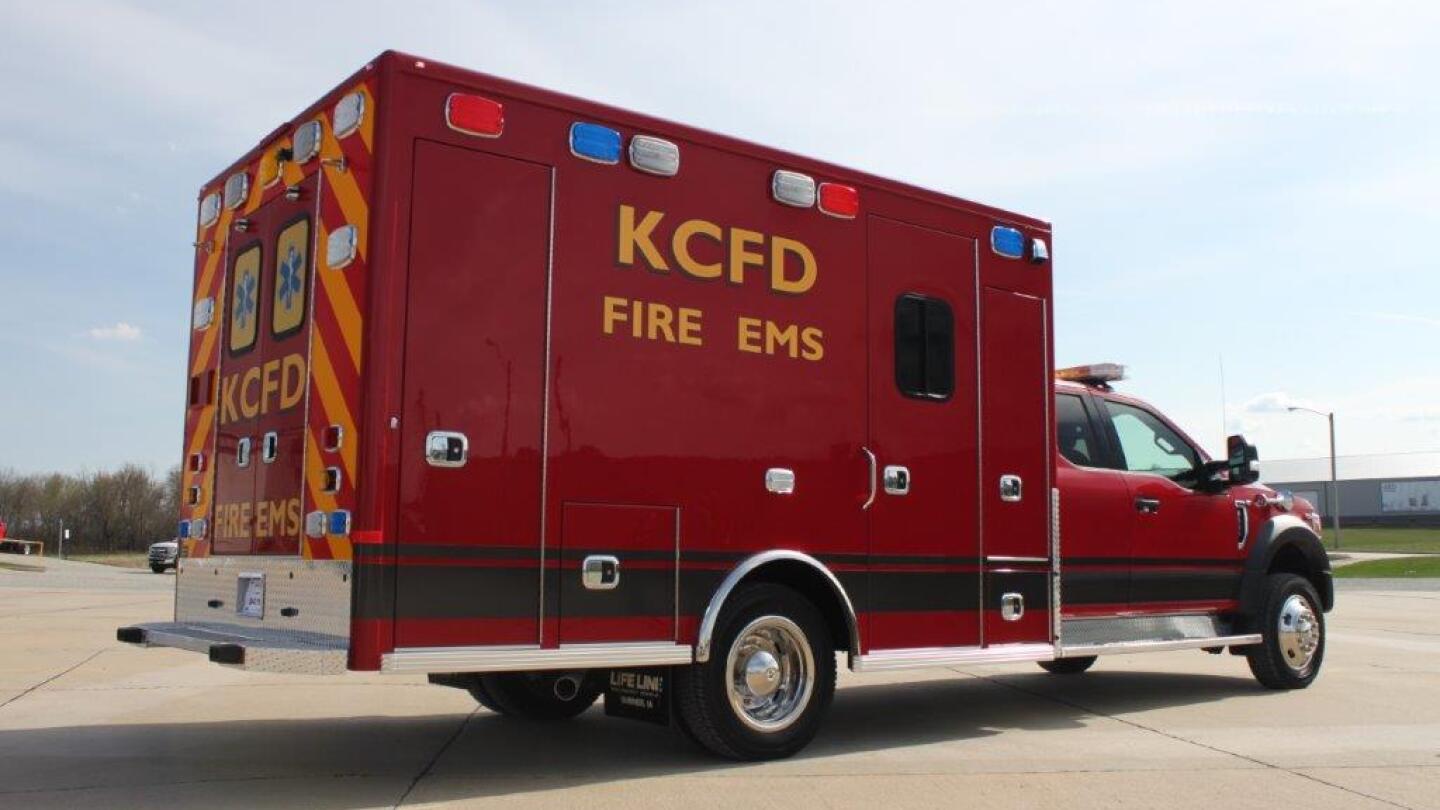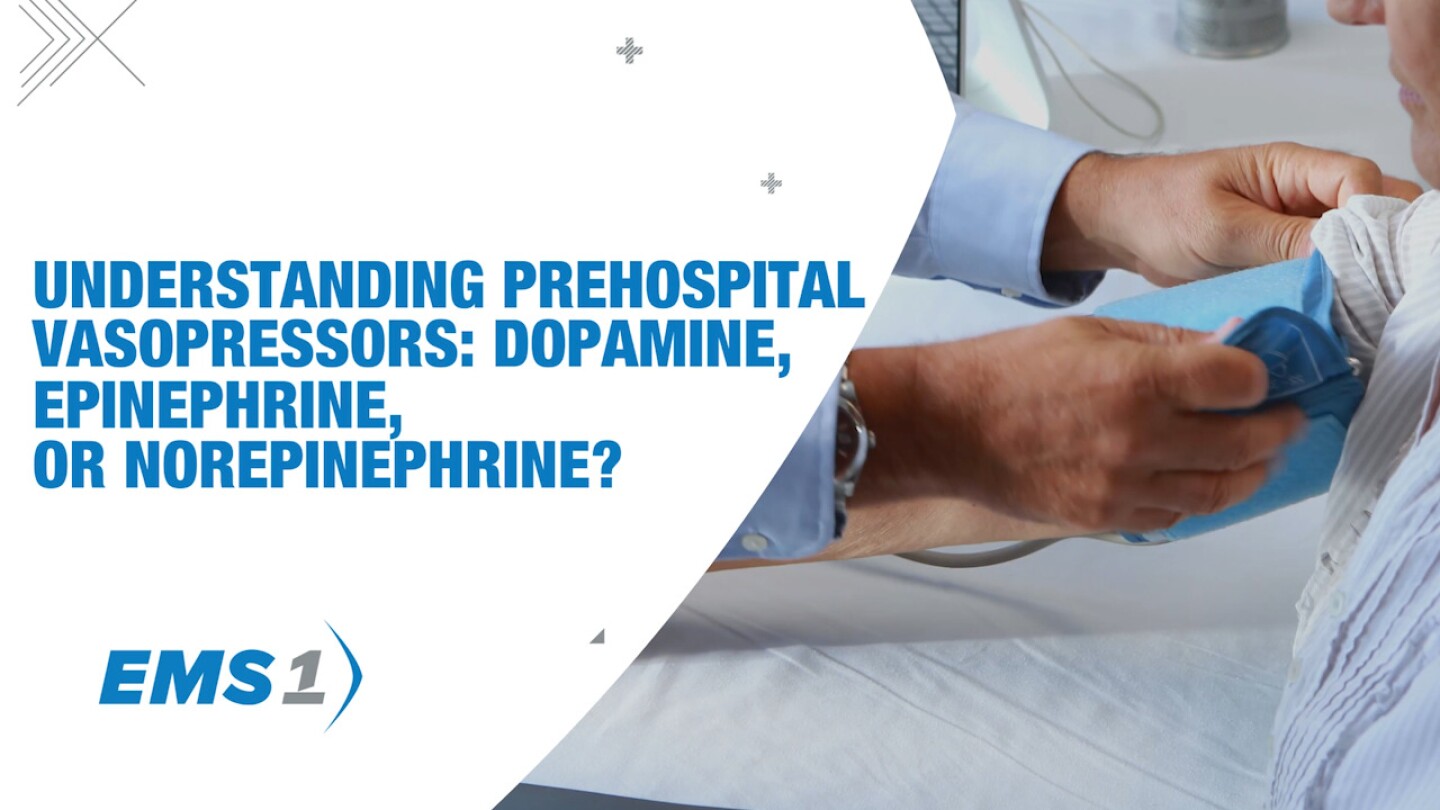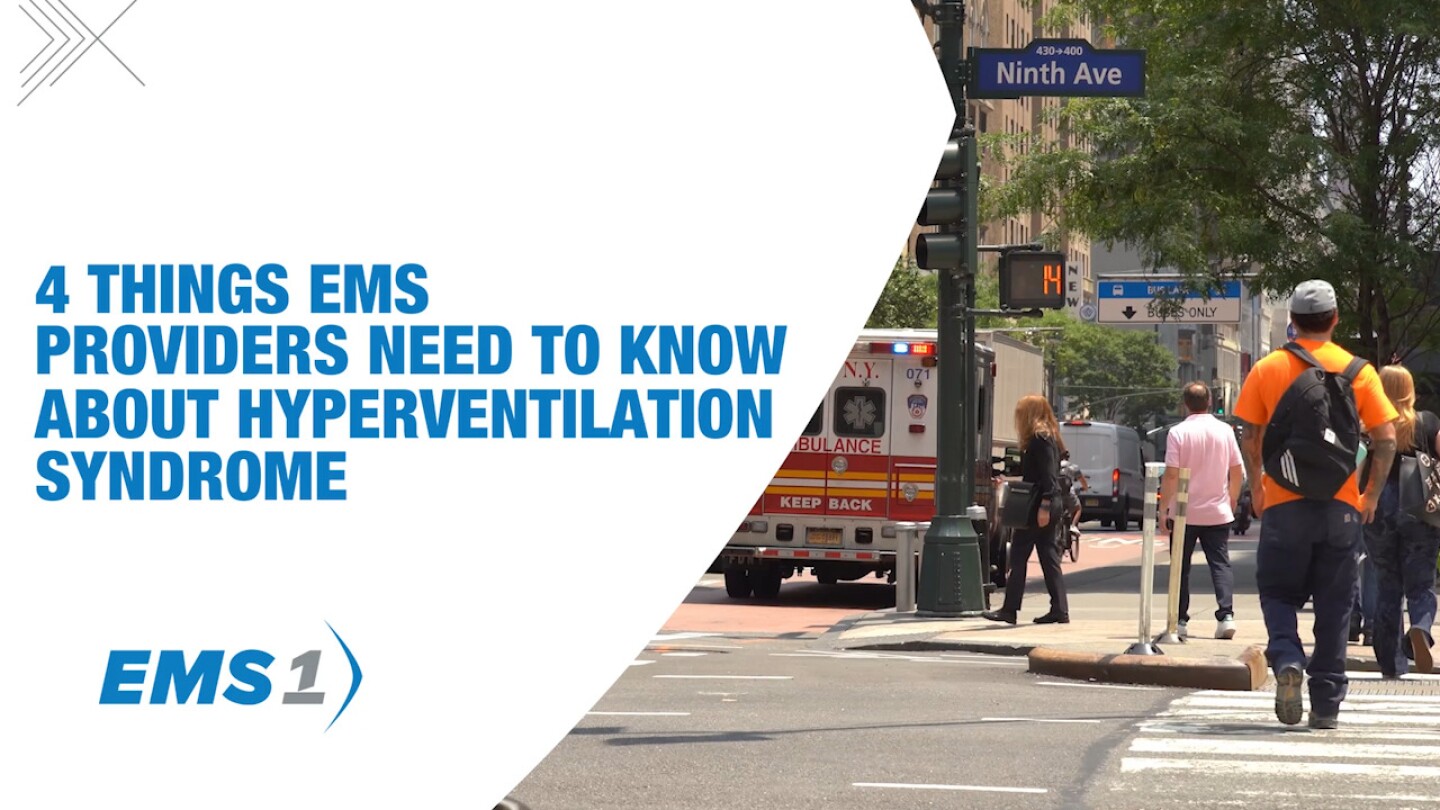Medical Monitoring
The Medical Monitoring topic contains news and information about medical monitoring, outlines the current trends and what the future may hold for EMS providers.
A webinar reviews key cases where the ‘most important vital sign’ helped shape care
Hypothermic patients, multi-systems trauma and slippery scenes present difficult decision-making challenges for rescuers
Crush syndrome can be expected following any event where patients are trapped for a length of time
An Appalachian Power Foundation grant will equip Tazewell County’s ambulance fleet with new Lifepak 35 monitors
Design your training scenario to include increasingly complicated sepsis symptoms to test EMS providers’ differential diagnosis skills
Learn what to look for, including inverted/retrograde P-waves
Learn what to look for, including non-discernible P-waves
Learn what to look for, including absent P-waves, to identify ventricular tachycardia
Monitoring AVPU and other vital signs will help determine if the patient is improving, worsening or responding to treatment
Chris and Kelly go toe-to-toe over the value of prehospital ultrasound
Decoding capnography: Key waveforms that guide EMS decisions
From chronic burnout and staffing gaps to a lack of meaningful leadership engagement, personnel are sounding the alarm — and offering a roadmap for change
Pediatric respiratory distress doesn’t have to be terrifying — here’s how to handle it
Learn how to effectively manage respiratory challenges during and after seizures
A department review found paramedics and EMTs followed recommended chest pain procedures in just 13.2% of cases
Every time we take our hands off the chest, perfusion pressure — and the chances of ROSC — drops
A comprehensive look at vasopressors: functions, differences and application strategies
Relatives of James Foster Jr. filed a federal lawsuit alleging wrongful death and medical malpractice after a Sioux City paramedic injected him with the wrong drug, leading to his death
Understanding the signs of Cushing’s triad can be the difference between timely intervention and critical deterioration in patients with elevated intracranial pressure
Assign someone to monitor the patient’s airway visually and with capnography using these five tips
Avoid misdiagnosing atrial flutter as sinus tachycardia by mastering these ECG interpretation strategies
Assess a patient’s pulse through the radial artery or the carotid artery based on their level of consciousness
Hyperventilation syndrome, often triggered by anxiety, presents unique challenges in EMS care. Understanding its nuances is crucial for effective assessment and management.
Diabetic ketoacidosis calls are rising — are your skills ready for the spike?
Hayword authorities say the patient had methamphetamine in his system when midazolam was administered during an in-custody incident
Understand how continuous waveform capnography and ETCO2 monitoring during CPR can improve cardiac arrest outcomes
Learn how to differentiate supraventricular tachycardia from sinus tachycardia on ECGs by examining P wave visibility, heart rate, and rhythm regularity.
Quickly and confidently interpret EKG rhythms using this 10-step method tailored for EMS providers, helping improve prehospital cardiac care
MOST POPULAR
- Internal audit finds ‘alarming’ lapses in Kansas City EMS chest pain response
- Man dies after sedation in Calif. police custody following disturbance
- Judge frees Colo. paramedic convicted in death of Elijah McClain
- 5 errors that are giving you incorrect blood pressure readings
- Infographic: Understanding normal and abnormal capnography waveforms






